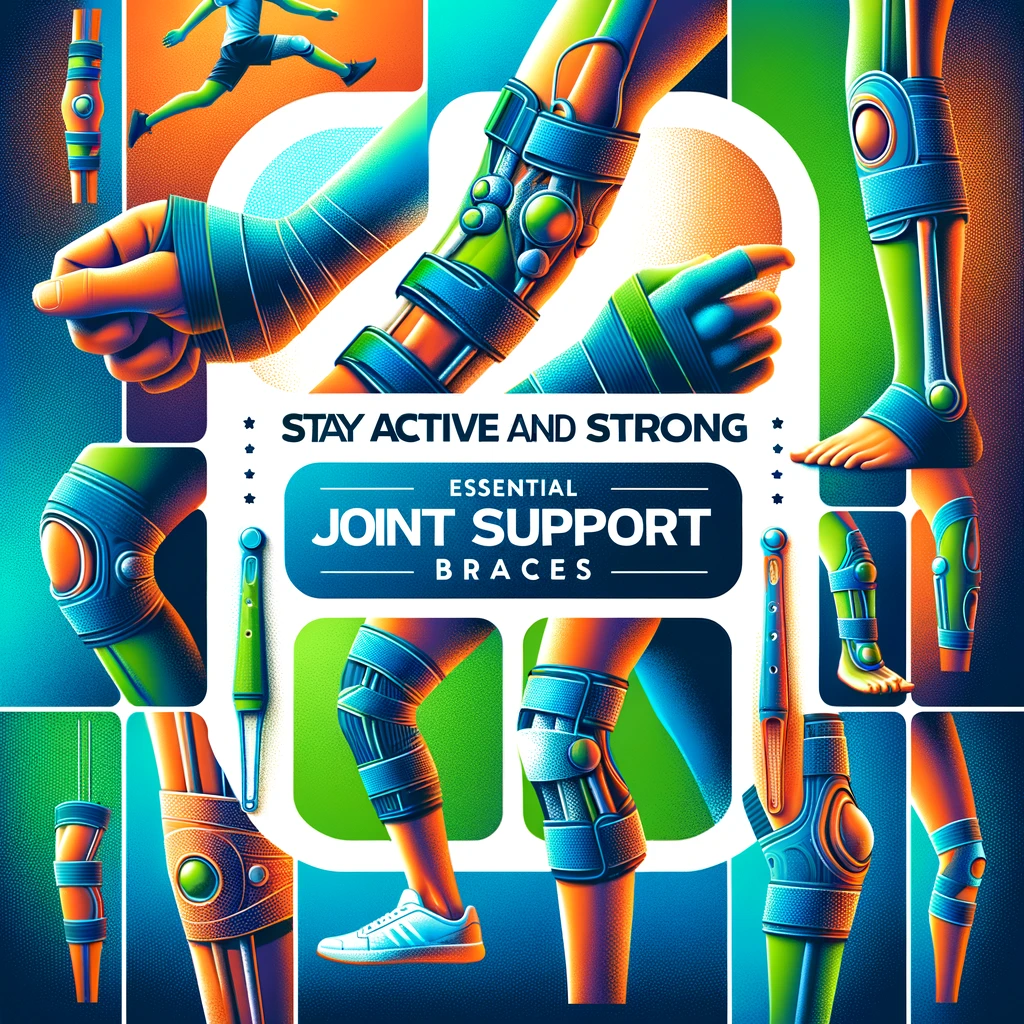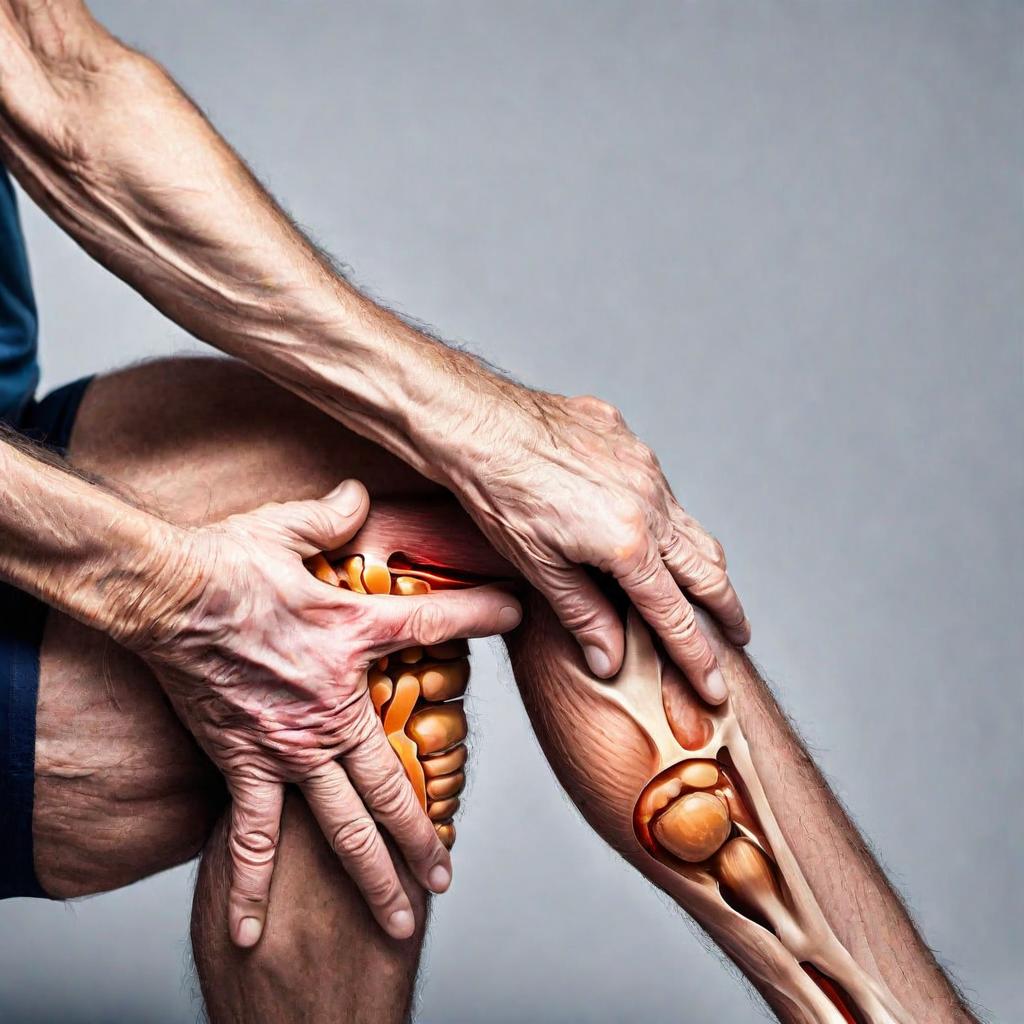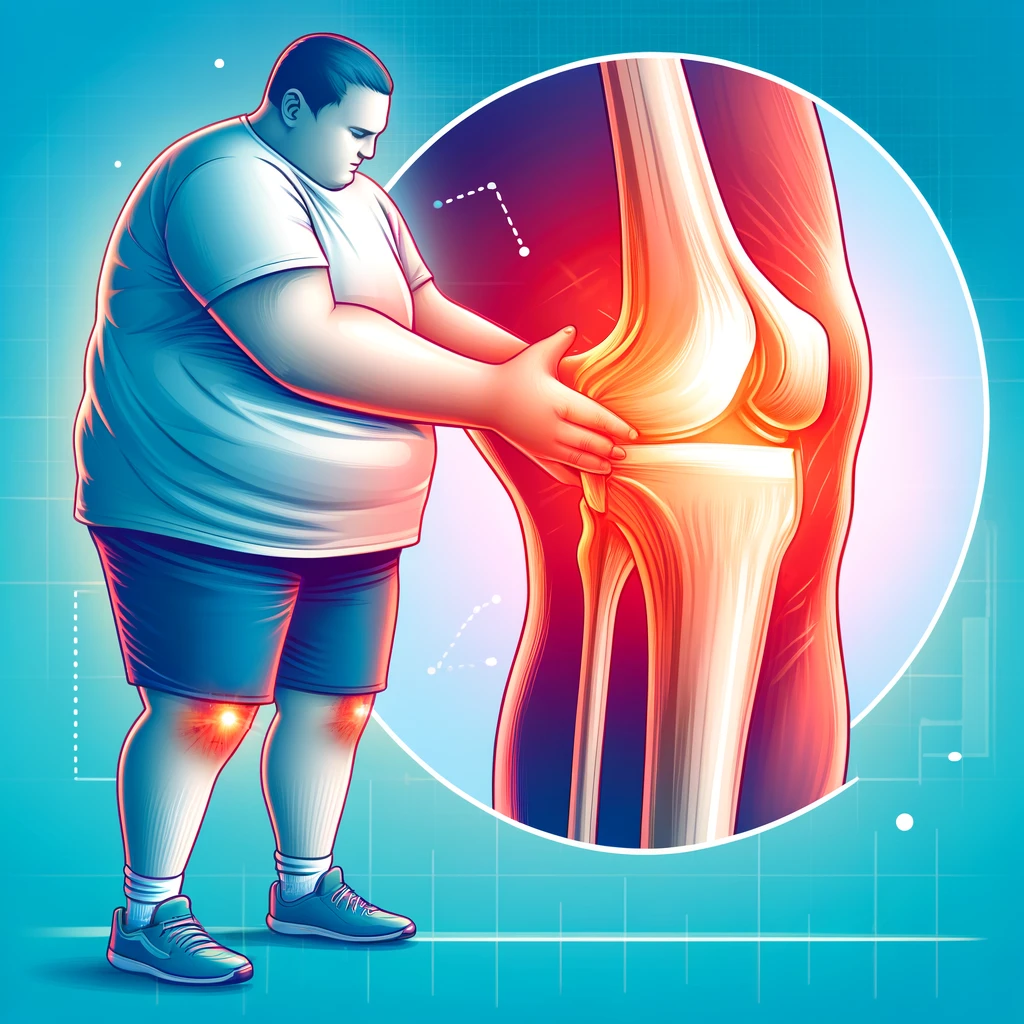
Table of Contents
Joint health is vital for maintaining an active and healthy lifestyle. Whether you’re an athlete, a weekend warrior, or someone who simply enjoys staying active, keeping your joints in good shape is essential. One of the best ways to support your joints is by using joint support braces. These devices can help prevent injuries, alleviate pain, and enhance your overall mobility.
Understanding Joint Support Braces
What Are Joint Support Braces?
Joint support braces are specially designed devices that provide stability and support to your joints. They come in various forms and are made from different materials, such as neoprene, elastic and rigid plastic, depending on the type of support needed.
How Do They Work?
Braces work by limiting the movement of the joint, providing compression and supporting the surrounding muscles and ligaments. This helps reduce pain, prevent injuries, and allow for better joint function during activities.
Types of Joint Support Braces
Knee Braces
Knee braces are among the most common types of joint support braces. They are used for conditions like arthritis, ligament injuries and general knee pain.
Wrist Braces
Wrist braces are ideal for individuals suffering from carpal tunnel syndrome, sprains or tendonitis. They help immobilize the wrist and reduce pain.
Ankle Braces
Ankle braces are crucial for those with a history of ankle sprains or instability. They provide support and prevent further injuries.
Elbow Braces
Elbow braces are often used by people with tennis elbow or golfer’s elbow. They help alleviate pain and prevent further strain on the elbow joint.
Shoulder Braces
Shoulder braces support the shoulder joint, particularly useful for those with rotator cuff injuries or shoulder instability.
Benefits of Using Joint Support Braces
Pain Relief
Braces help reduce pain by providing support and reducing the stress on the affected joint.
Improved Mobility
By stabilizing the joint, braces allow for improved movement and functionality.
Injury Prevention
Braces can help prevent injuries by limiting harmful movements and providing additional support during physical activities.
Enhanced Athletic Performance
For athletes, braces can enhance performance by providing the necessary support and reducing the risk of injury.
Choosing the Right Joint Support Brace
Assessing Your Needs
Determine which joint needs support and the type of activity you’ll be performing.
Consulting with a Healthcare Professional
It’s always best to consult with a healthcare professional to choose the right brace for your specific condition.
Considering Material and Comfort
Choose a brace made from materials that are comfortable and suitable for your skin type and activity level.
Size and Fit
Ensure the brace fits properly. A poorly fitting brace can do more harm than good.
Top Knee Braces for Everyday Use
Compression Sleeves
These provide mild support and are perfect for daily activities and mild pain.
Hinged Knee Braces
Offer robust support for more severe conditions and post-surgical recovery.
Patella Stabilizers
Help with patella tracking issues and provide focused support around the kneecap.
Top Wrist Braces for Everyday Use
Carpal Tunnel Braces
Designed to relieve pressure on the median nerve, these are perfect for those with carpal tunnel syndrome.
Wrist Wraps
Ideal for sports and weightlifting, providing flexible support.
Thumb Spica Splints
Offer targeted support for thumb injuries and conditions like De Quervain’s tenosynovitis.
Top Ankle Braces for Everyday Use
Lace-Up Ankle Braces
Provide adjustable support and are great for sports.
Ankle Sleeves
Offer compression and are perfect for mild support and everyday wear.
Stirrup Ankle Braces
Provide rigid support, ideal for preventing ankle sprains.
Top Elbow Braces for Everyday Use
Tennis Elbow Straps
Targeted compression to relieve pain from tennis elbow.
Elbow Compression Sleeves
Provide mild support and help with pain relief from general elbow pain.
Elbow Immobilizers
Used for severe injuries or post-surgical recovery to limit movement.
Top Shoulder Braces for Everyday Use
Shoulder Stabilizers
Offer support for shoulder instability and injuries.
Rotator Cuff Braces
Provide targeted support for rotator cuff injuries.
Posture Correctors
Help improve posture and reduce strain on the shoulders.
How to Properly Wear and Maintain Your Brace
Correct Application Techniques
Always follow the instructions provided with the brace to ensure it is worn correctly.
Cleaning and Care Tips
Regularly clean your brace according to the manufacturer’s instructions to maintain hygiene and durability.
Common Mistakes to Avoid
Over-Reliance on Braces
Using braces too often can weaken the muscles around the joint. Balance their use with strengthening exercises.
Incorrect Sizing
Ensure you have the correct size to avoid discomfort and ensure proper support.
Ignoring Discomfort
If the brace causes pain or discomfort, stop using it and consult a healthcare professional.
Frequently Asked Questions
Can I Wear a Brace All Day?
It’s best to follow your doctor’s recommendations. Wearing a brace all day can lead to muscle atrophy if not balanced with exercise.
How Tight Should My Brace Be?
Your brace should be snug but not too tight. It should not cut off circulation or cause numbness.
Can Braces Cure My Condition?
Braces do not cure conditions but help manage symptoms and provide support during recovery.
Are There Any Side Effects?
Improper use of braces can lead to skin irritation or muscle weakness. Always use as directed.
Do I Need a Prescription for a Brace?
Not always, but consulting a healthcare professional ensures you get the right type of brace for your needs.
Conclusion
Maintaining joint health is crucial for staying active and enjoying a high quality of life. Joint support braces can play a significant role in providing the necessary support, reducing pain and preventing injuries. By choosing the right brace and using it correctly, you can enhance your mobility and overall joint health. Stay active, stay strong, and use joint support braces wisely to keep moving with confidence.




One thought on “Stay Active and Strong: 5 Essential Joint Support Braces for Everyday Use”